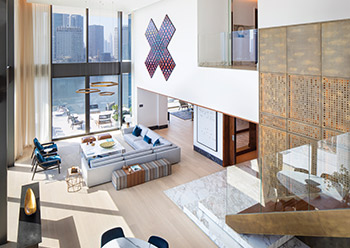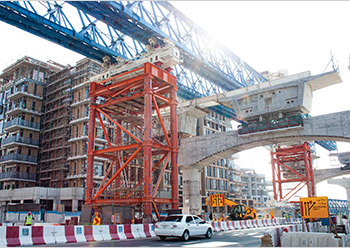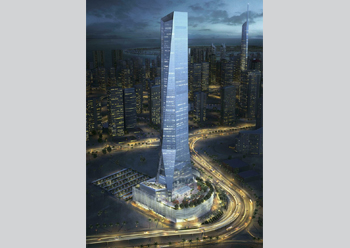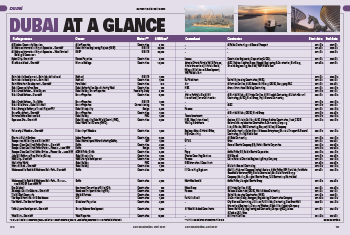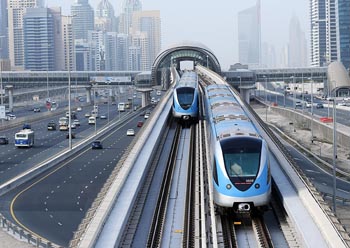

Dubai’s ruler HH Sheikh Mohammed bin Rashid Al Maktoum last month unveiled a comprehensive road map for sustainable urban development of the city in a bid to make it the best in the world in terms of quality of life, with the highest standards of urban infrastructure and facilities.
Over the next two decades, the emirate’s population is anticipated to reach 5.8 million, from 3.3 million now, and the Urban Master Plan – the seventh such plan developed for the emirate since 1960 – aims to reinforce Dubai’s competitiveness as a global destination by providing a wide diversity of lifestyle and investment opportunities for citizens, residents and visitors over this period.
Some of the key priorities include improving the efficiency of resource utilisation, developing vibrant, healthy and inclusive communities, and doubling green and leisure areas as well as public parks to provide a healthy environment for residents and visitors. It also seeks to provide sustainable and flexible means of mobility as well as foster greater economic activity and attract foreign investments to new sectors.
Other objectives include enhancing environmental sustainability, safeguarding the emirate’s cultural and urban heritage and developing a comprehensive legislation and planning governance model.
The people-centric plan has designed a strategic structural layout for Dubai over the next 20 years, integrating all urban development master plans in the emirate. It envisages upgrading the city’s urban areas, with development mainly focused on five key centres – three existing and two new ones.
The existing urban centres include Deira and Bur Dubai, historic areas that highlight the emirate’s tradition and heritage; the business and financial heart of the city encompassing Downtown and Business Bay; the hospitality and leisure centre encompassing the Dubai Marina and JBR that serves as an international tourism and leisure hub. The two new centres include Expo 2020 Centre, an economic and growth hotspot featuring affordable housing and a focal point for the exhibitions, tourism and logistics sectors; and Dubai Silicon Oasis Centre, a science and technology and knowledge hub that drives innovation, digital economy development and talent generation.
Under the plan, green and recreational spaces and areas dedicated to public parks will double in size to serve the growing number of residents and visitors. Nature reserves and rural natural areas will constitute 60 per cent of the emirate’s total area. Several green corridors will be established to link the service areas, residential areas and workplaces, facilitate the movement of pedestrians, bicycles, and sustainable mobility means across the city, in coordination with developers and government departments.
The land area used for hotels and tourist activities will increase by 134 per cent, while that used for commercial activities will increase to 168 sq km. Dubai will continue to be a global hub for innovative start-ups, international corporations, and strategic investments.
The masterplan will also increase the land area allocated to education and health facilities by 25 per cent, while the length of public beaches will increase by as much as 400 per cent in 2040 to enhance the quality of life for residents and visitors.
The new plan will raise the efficiency of development and promote the optimal use of the infrastructure by developing vacant urban spaces. It also aims to encourage mass transit use, walking, cycling and the use of flexible means of transportation, besides developing a comprehensive planning database to support decision-making and enhance transparency.
The Dubai Urban Master Plan 2040 integrates the Hatta Development Plan, which has created a framework for the comprehensive development of the area. It seeks to both develop and raise the profile of Hatta’s natural and tourism attractions, as well as protect its environment in partnership with the private sector.
The plan also seeks to develop integrated sustainable housing complexes to meet the needs of citizens. It will develop integrated communities according to the highest planning standards, with green spaces, commercial centres and recreational facilities.
The new masterplan has defined an integrated approach to the development of the urban centres by providing equitable access to facilities, services and opportunities across the city for all residents. Depending on urbanisation levels, the masterplan defines a hierarchy of communities in the city.

















.jpg)













 (1).jpg)














































